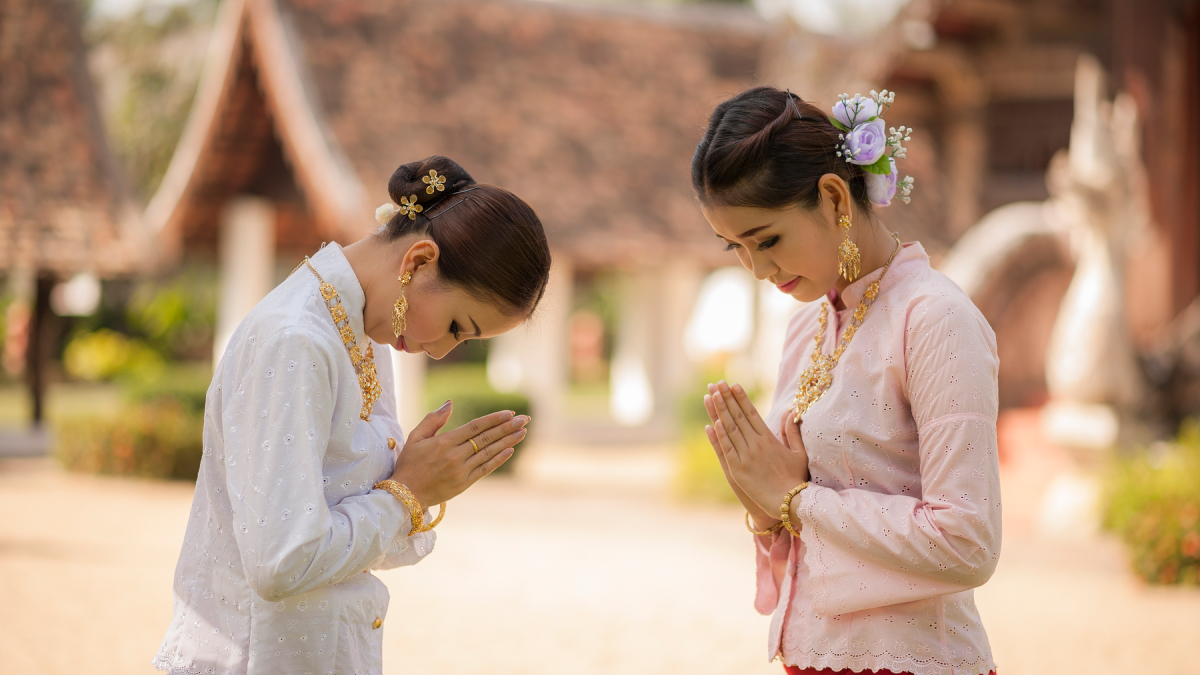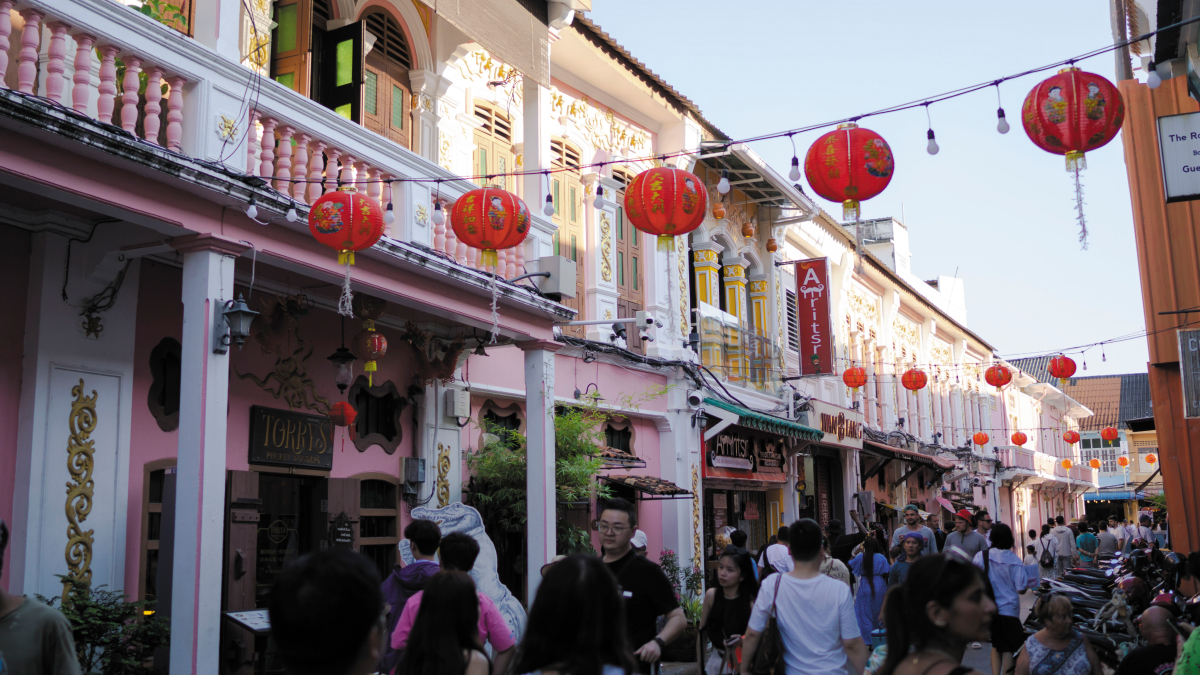Traditional architecture of Thailand is unique in its own, charming way. Shaped by nature and climate, influenced by ancient kingdoms, neighboring countries and western culture, but always finding a way to reflect Buddhist beliefs and the worship of ancestral spirits.
Over the centuries, three common architectural types emerged in Thailand: Buddhist Architecture, Royal Architecture and Traditional Housing Architecture. Today we will tackle the latter.
A traditional Thai house consists of one or more separate stilt structures, which together form a functional unity. The materials used for building are easily found in Thailand and are as common as bamboo and dried leaves. The structures are often built without the use of metal nails, but with pre-cut holes and grooves, that are used to keep the wooden structure together. Even the houses of wealthy people follow this traditional trend, while introducing highly valued woods as a building material.
But in spite of following some standardized building norms, each of Thailand’s regions managed to implement its own variations, forming a selection of distinctive styles, namely Central, North-eastern, Northern and Southern Thai traditional house styles. And it’s here in the South, that the most distinctive style variation occurred, carved mostly by climate and weather conditions.
The region’s monsoon environment called for more creative design solutions. That is why the walls of a Southern house are made of layers of wooden boards with narrow windows and a lower gable roof and stilts on cement poles. The roof bore most design changes, with the introduction of Indonesian and Malayan design called Panya or Lima – more storm resistant than a traditional gable roof. The most interesting roof solution is so called Manila roof. It’s lower than other types and it blends styles, featuring a top part of a gable roof decorated with cylinder or carved wood, and bottom part of a Panya roof.
In modern times, due to Western influence, the art of building houses following traditional norms slowly fades away. But the battle between traditional and contemporary is ongoing, and it is easy recognizable on the streets of Thailand. In the future it might give birth to a new, unique architectural style.
by Milos Gavrilovic






